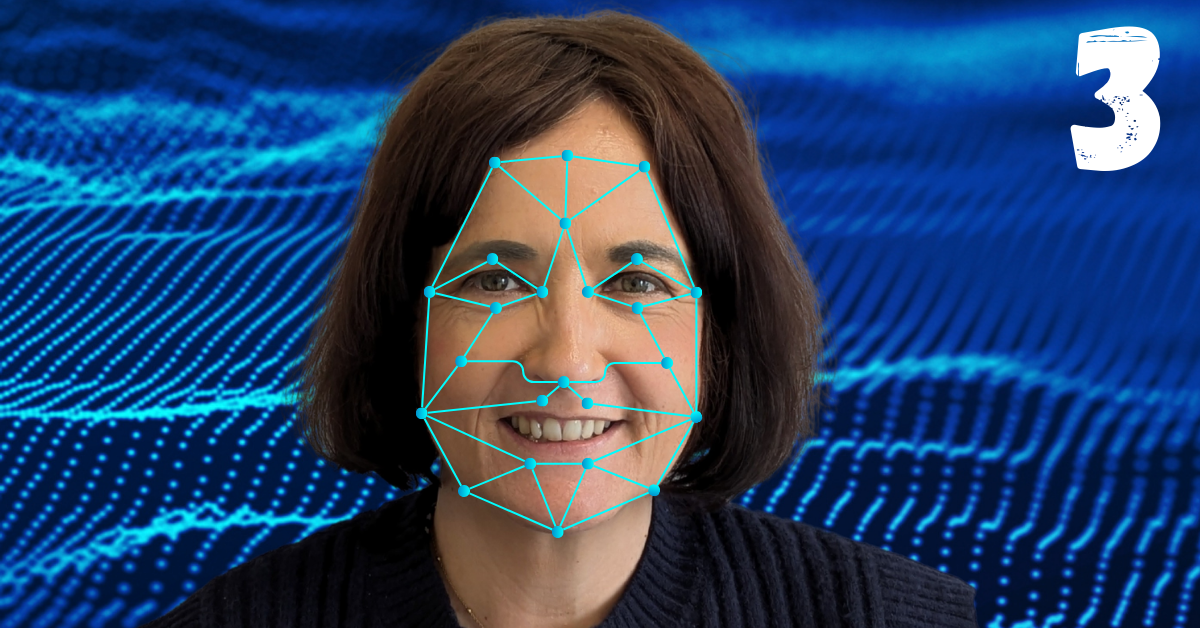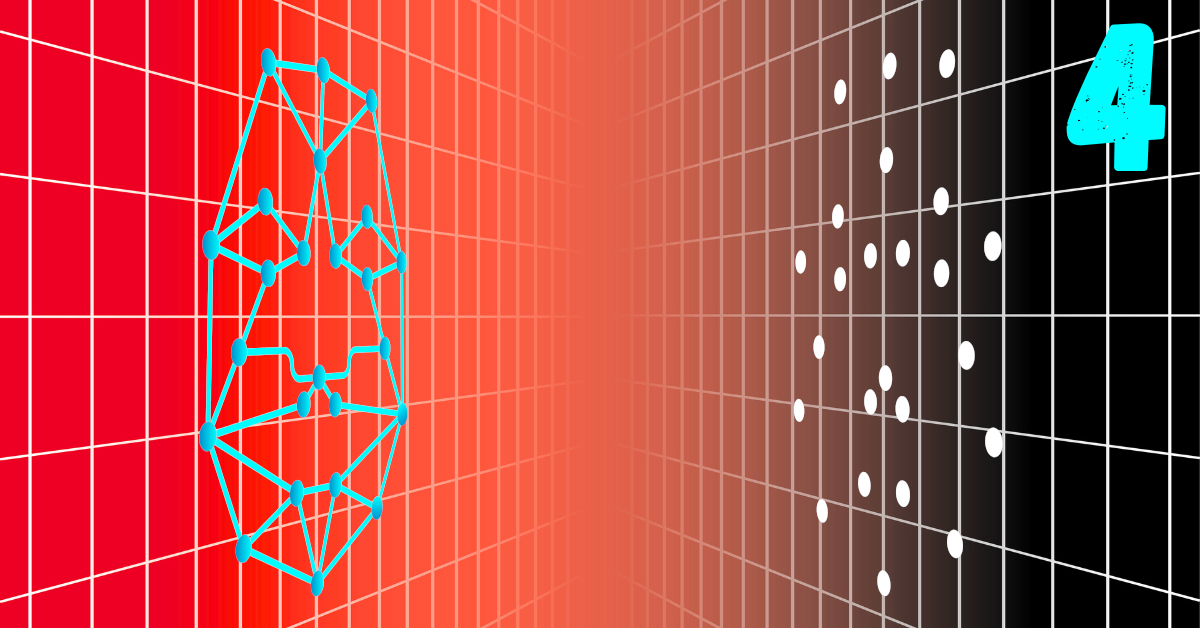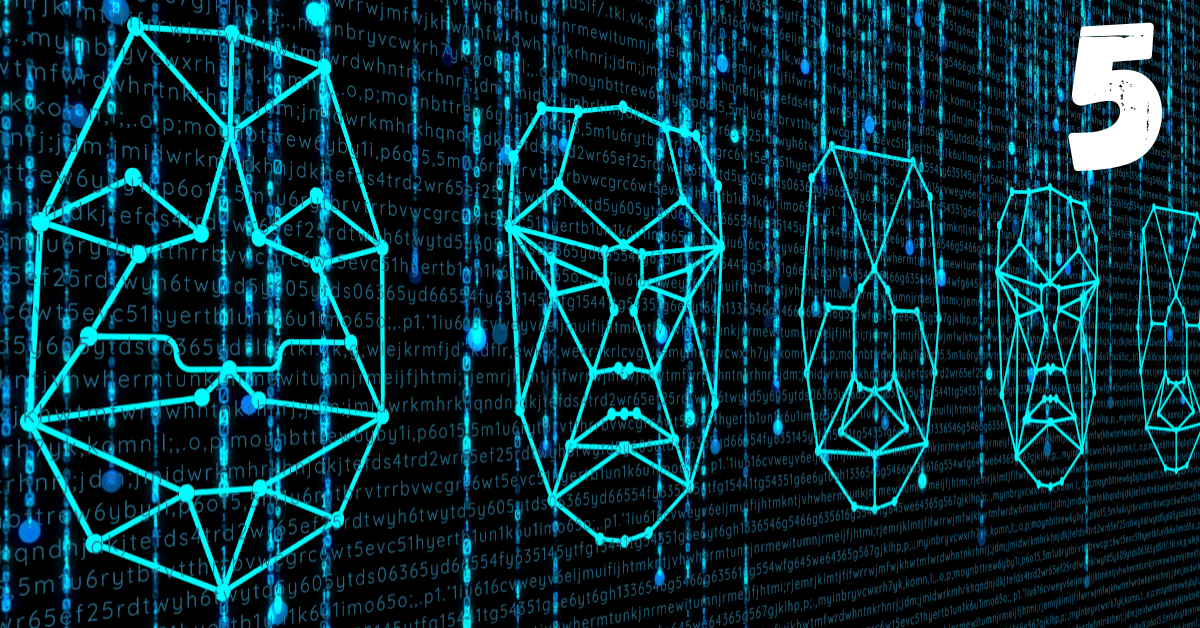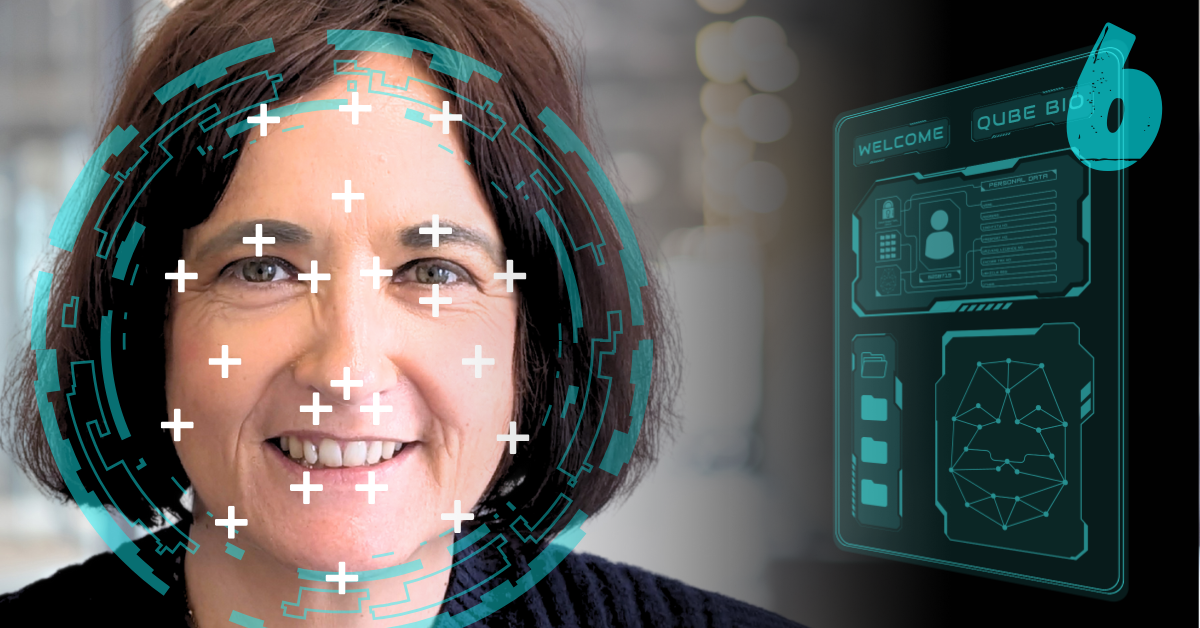Categories
Facial recognition technology has become a cornerstone of modern security, convenience, and personalization, seamlessly integrating into our daily lives. From unlocking smartphones to enhancing surveillance systems, this technology transforms raw pixel data into actionable identity verification.
This article delves into the mechanics, applications, benefits, and ethical considerations of facial recognition systems, offering a comprehensive look at how they work and their impact on society. By breaking down complex processes and exploring real-world implications, we aim to demystify this rapidly evolving field.
Facial recognition technology is a biometric system that identifies or verifies a person’s identity by analyzing facial features captured in images or videos. It leverages advanced algorithms and artificial intelligence to map facial characteristics, converting visual data into digital patterns for comparison against stored templates. Unlike traditional identification methods like passwords or ID cards, facial recognition offers a contactless, efficient, and scalable solution for authentication.
The technology extracts unique facial landmarks, such as the distance between eyes or the shape of the jawline, to create a digital “faceprint.”
Early systems relied on basic image processing, while modern solutions use deep learning for higher accuracy.
It’s used in diverse sectors, from consumer electronics to law enforcement and healthcare.
This technology’s ability to process vast amounts of visual data quickly makes it a powerful tool, but its complexity warrants a closer look at how it functions.
At its core, facial recognition technology translates visual information into a format that machines can understand. This process involves multiple stages, each critical to ensuring accurate identification or verification. Here’s a breakdown of the key steps:

A camera captures a facial image or video feed, often in real-time or from stored media.

Algorithms locate the face within the image, distinguishing it from the background using techniques like Haar cascades or deep learning-based detectors.

The system identifies key facial landmarks (e.g., eyes, nose, mouth) and measures their geometric relationships or textures to create a unique faceprint.

The extracted data is converted into a numerical template, encrypted for security (e.g., using AES 256, as seen in our systems at Qube bio).

The template is compared against a database of known faceprints to identify or verify the individual.

The system returns a match or non-match, often with a confidence score to indicate reliability.
Facial recognition technology has transcended its initial use cases to become a transformative tool across multiple industries. By leveraging advanced algorithms and secure data management systems, it enhances efficiency, strengthens security, and personalizes user experiences. Below, we explore its diverse applications, highlighting how face recognition systems are deployed, their benefits, and the challenges they introduce.
Facial recognition systems have become indispensable in law enforcement and public safety, enabling rapid identification in high-stakes environments. These systems analyze live video feeds or stored images to match faces against criminal databases or watchlists, often in real time.
Facial recognition technology has revolutionized how we interact with personal devices, offering a seamless and secure method for authentication. From smartphones to laptops, face recognition is now a standard feature for unlocking devices and authorizing transactions.
In retail, facial recognition systems are transforming how businesses understand and engage with customers. By analyzing facial data, stores can tailor experiences, optimize operations, and boost sales.
Facial recognition technology is making inroads in healthcare, where accurate patient identification is critical to safety and efficiency. By integrating with secure systems, it streamlines processes and reduces errors.
Airports and border control agencies leverage facial recognition systems to streamline travel processes, enhancing both security and efficiency. Automated systems are now a common sight in international hubs.
The widespread adoption of facial recognition technology stems from its numerous advantages, which address real-world challenges across sectors. These benefits include:
Facial recognition processes identities in seconds, ideal for high-traffic environments like airports or stadiums.
Unlike fingerprinting or iris scanning, it requires no physical contact, enhancing user convenience.
Centralized storage systems, like those used by Qube bio, allow organizations to manage templates across multiple devices and locations securely.
Modern systems achieve high precision, with top algorithms boasting accuracy rates above 99% under optimal conditions.
Despite its benefits, facial recognition technology faces significant hurdles, both technical and ethical. Understanding these challenges is crucial for responsible deployment.
The use of facial recognition systems has sparked debates over privacy and civil liberties. Key concerns include:
Facial recognition technology stands at the intersection of innovation and responsibility, transforming how we verify identities and interact with the world. Its ability to convert pixels into secure, actionable data has revolutionized industries, from security to consumer tech. However, its challenges—technical limitations, biases, and ethical concerns—demand careful consideration. By prioritizing transparency, robust security (like AES 256 encryption in systems like Qube bio), and equitable algorithms, we can harness the potential of facial recognition while safeguarding individual rights. The future of this technology depends on our ability to align its capabilities with societal values, ensuring it serves as a tool for progress rather than division.